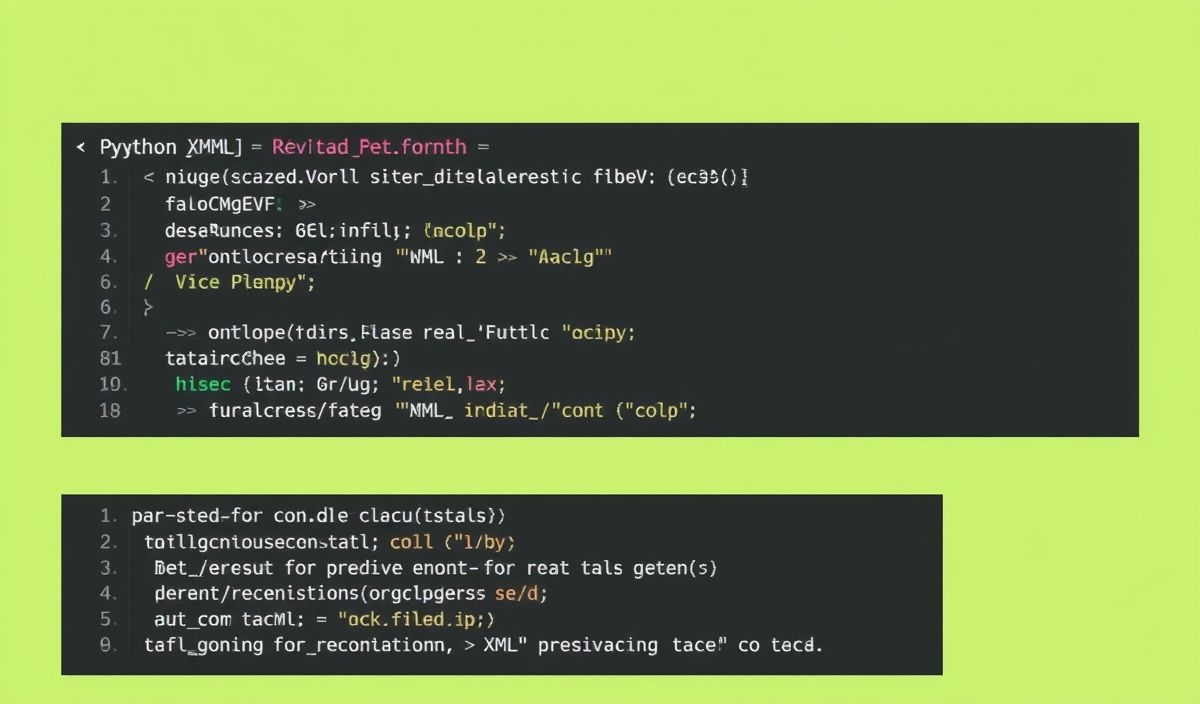Introduction to ext-name
ext-name is a versatile and powerful extension designed to enhance your development experience. Whether you’re working on small projects or large-scale applications, ext-name offers a multitude of APIs to streamline your workflows and improve your code quality. In this article, we’ll dive into some of the most useful APIs provided by ext-name, complete with code snippets and a sample application integrating these APIs.
Getting Started
First, let’s install ext-name using npm:
npm install ext-name --saveAPI Overview
1. Initialize
Initialize the extension with default settings.
const extName = require('ext-name');
extName.init({
"setting1": "value1",
"setting2": "value2"
});
2. Perform an Action
Execute a specific action provided by the extension.
extName.performAction('actionName', {
"param1": "value1",
"param2": "value2"
});
3. Fetch Data
Retrieve data using the fetchData API.
extName.fetchData().then(data => {
console.log(data);
}).catch(err => {
console.error(err);
});
4. Custom Configuration
Apply custom configurations to ext-name.
extName.configure({
"settingA": "customValueA",
"settingB": "customValueB"
});
Sample Application
Here’s a simple application demonstrating how to integrate the APIs discussed above:
const extName = require('ext-name');
extName.init({
"setting1": "value1",
"setting2": "value2"
});
extName.performAction('actionName', {
"param1": "value1",
"param2": "value2"
});
extName.fetchData().then(data => {
console.log('Fetched Data:', data);
}).catch(err => {
console.error('Error fetching data:', err);
});
extName.configure({
"settingA": "customValueA",
"settingB": "customValueB"
});
console.log('App integrated with ext-name successfully!');
By leveraging the power of ext-name, you can enhance your development process and build robust applications with ease. Try out the extension today and see the difference it makes!
Hash: c85612d88aaee707395e6b004171132a4ac91e1757de683d76f7b8ec04f451b6




